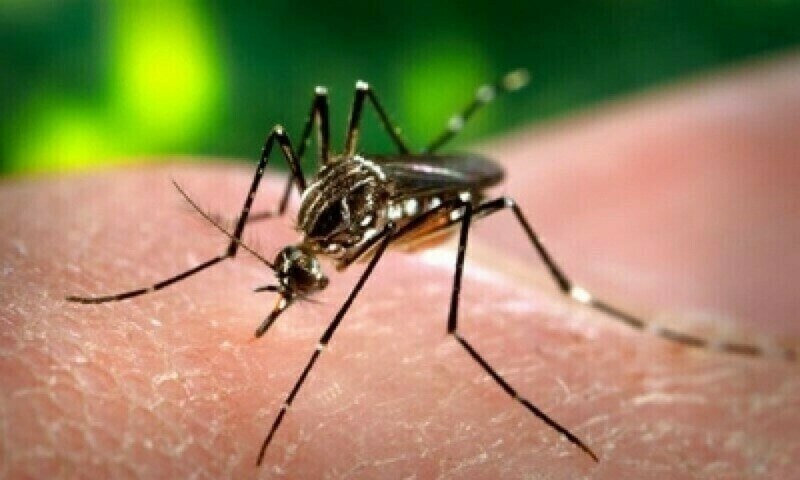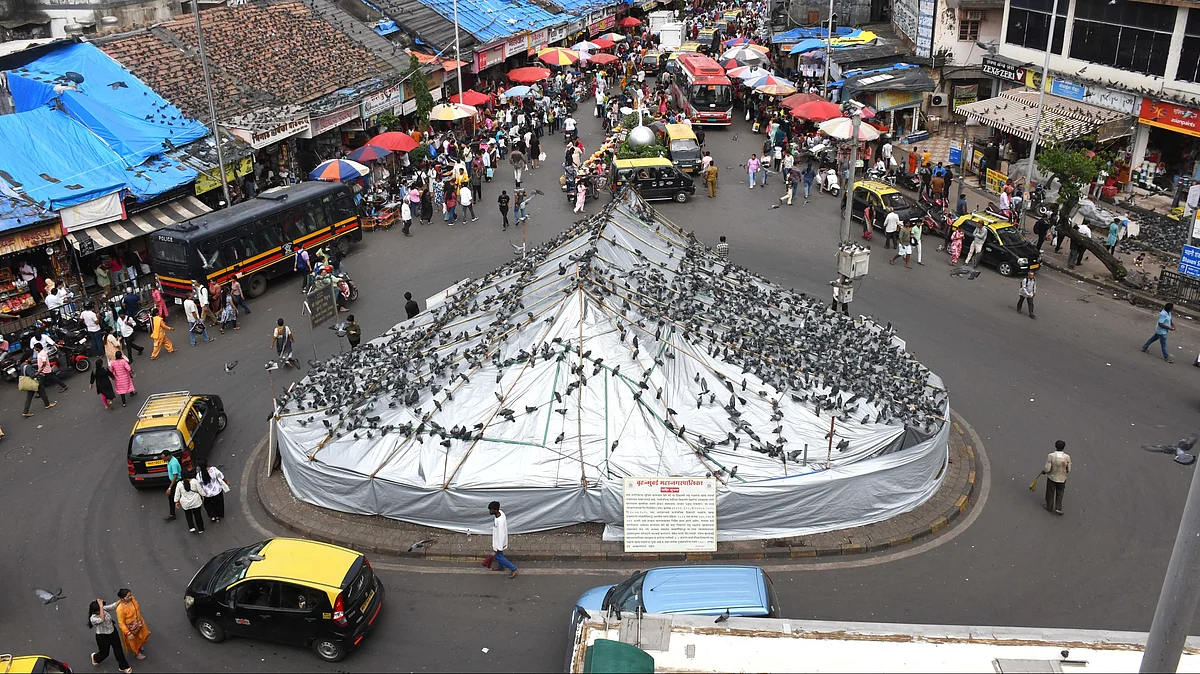By Kateryna Mykhailova,Olena Hrazhdan
Copyright kyivpost

Ukraine’s government, the Cabinet of Ministers, approved the draft State Budget for 2026, marking the end of the first stage of the 2026 budget review.
The draft will now go to Ukraine’s parliament, the Verkhovna Rada, for approval.
Ukraine’s lawmakers will study the bill, vote for or against it during its so-called “first reading,” propose their amendments, and prepare it for the next stage of approval and final adoption.
Ukraine’s war-weakened economy is entering another year of uncertainty, with no clear path yet towards significantly decreasing the budget deficit as Russia’s full-scale invasion continues and hoped-for ceasefire talks fail to materialize.
In the first half of 2025, challenges for the Ukrainian economy intensified due to devastating Russian attacks, ongoing destruction of industrial facilities and housing, and reduced agricultural harvests, according to the government’s explanatory note for the 2026 budget.
Despite government support and international aid, the economy continues to operate in a state of high uncertainty with limited resources, slowing business activity and restrained growth – with real GDP up 2.9% in 2024 and 0.9% in the first quarter of 2025, the note says. However, economic growth is still lower than expected at the beginning of 2025.
Key Figures of Ukraine’s 2026 State Budget
Expenditures are set at Hr.4.8 trillion ($116.4 billion), which is Hr.415 billion ($10.1 billion) more than in 2025. Revenues are projected at Hr.2.826 trillion ($68.6 billion), up by ($10.8 billion), Ukraineʼs Ministry of Finance reported.
Ukraine’s internal budget revenues of the State Budget for 2026 are projected at Hr. 2.8 trillion ($67.8 billion, excluding grants and other international assistance), which is Hr. 446.8 billion ($10.82 billion) more than in 2025 with amendments, according to the draft budget data.
The budget deficit is expected at up to 18.4% of GDP, while external financing needs reach Hr.2.079 trillion ($52 billion), the Ministry says.
The draft 2026 budget sets the minimum wage at Hr.8,647 ($210) per month and Hr.52 ($1.26) per hour, starting January 1, 2026.
Dollar figures are calculated using the Ukraineʼs National Bank’s exchange rate as of Sept. 17, but actual USD amounts may differ because the government applied a different rate when drafting the budget. Ukraine’s NBU does not forecast the hryvnia-dollar rate, while Ukraine’s Finance Ministry forecasts it will be Hr.45.7 to the dollar.
Ukraine’s 2026 budget focuses on war while maintaining non-military support
The largest share of spending will go to Ukraine’s defense. The government plans to cover military salaries, family support, and the development of domestic weapons:
Weapons production: Hr.44.3 billion ($1.1 billion) for ammunition, missiles, air defense, aviation, armored vehicles, drones. Reserve fund for defense-only needs: Hr.200 billion ($4.6 billion). State guarantees: Hr.30 billion ($727 million).
“Now, the entire Ukraine must either join the Armed Forces or work for the Armed Forces. This is also reflected in the 2026 State Budget,” the Government Portal quoted Ukraineʼs Prime Minister Yulia Svyrydenko.
Ukraineʼs education spending is also set to increase:
Salary increase for teachers by 50% (30% from Jan. 1, 2026, +20% from Sep. 1, 2026). Free school meals for 4.4 million students (grades 1–11) starting Oct. 1, 2026. Doubling of scholarships for 163,000 students from Sept. 1, 2026. Procurement of 14 million textbooks. Investments in shelters, canteens, buses, and school infrastructure.
Funding for science (Hr.9.9 billion or $482.8 million) will support young researchers and strengthen links between research institutions and business, Svyrydenko wrote. This includes:
Support for young scientists’ projects. Funding for leading research institutions. Establishment of defense research centers. Development projects commissioned by businesses.
The healthcare budget (Hr.258 billion or $6.26 billion) expands programs for military treatment, chronic illnesses, and preventative screenings for citizens over 40.
Medical Guarantee Program: Hr.191.6 billion ($4.65 billion) – doctor salaries up to UAH 35,000 ($849), military treatment, rehab, oncology, cardiac care, free medicines for chronic diseases. Centralized medicine procurement: Hr.15.1 billion ($366 million). “40+ Check-up”: Hr.10 billion ($242 million) – preventive screenings for citizens 40+ Public investment: Hr.18.6 billion ($451 million) – perinatal centers, maternal & child health, psychiatric care, rehab equipment
Pensions and social policy remain a priority with Hr.1.494 trillion ($36.23 billion) of budget spending. The government plans to raise pension transfers, expand payments for families, and subsidize housing costs:
Pension Fund transfer: Hr.1.027 trillion ($24.91 billion), including indexation for 10.3 million pensioners Social protection: Hr.467.1 billion ($11.33 billion)
Veteran programs will expand housing, rehabilitation, and psychological support, with Hr.17.9 billion ($434 million) allocated to:
Housing for veterans with disabilities (Disability Groups I–II). Rehabilitation, psychological and social programs. Veteran hubs and sports development. Dental care for veterans.
The government will continue business and citizen support via loans, mortgages, and grants (41.5 billion or $1.01 billion). The support includes:
“5-7-9%” affordable loans program for entrepreneurs. “eOselia” (eHousing) affordable mortgages. Business grants, industrial parks, investment support. Brave1 program for defense tech developers. Decarbonization and energy efficiency fund.
Support for the agricultural sector includes subsidies, farm assistance, and irrigation projects (Hr.13.1 billion or $317.8 million):
Subsidies for farmers and crop insurance. Support for small farms. Humanitarian demining of farmland. Irrigation projects with state subsidies.
The culture budget (Hr.15.8 billion or $383 million) will support content that strengthens national identity and promotes Ukraine abroad.
Ukrainian Regions will receive Hr.871.9 billion ($21.15 billion) in transfers from the central budget, with a focus on frontline territories.
Public investment projects will target housing, infrastructure, and modernization with Hr.45.9 billion ($1.11 billion) budget spendings.
Ukraine plans to cover the financing gap through state borrowings of Hr.2.5 trillion ($60.6 billion), including Hr.2.1 trillion ($50.9 billion) from external sources. The government continues talks with the EU, G7, IMF, World Bank, and other partners to secure international support, the Finance Ministry reported.
Ukraine’s government will receive $37.4 billion in international financing covering a two-year period, but “the same amount remains uncovered,” Ukraine’s Ministry of Finance previously told Kyiv Post.
Ukraine’s central bank, the National Bank of Ukraine (NBU), forecast in its baseline scenario that Ukraine will receive $35 billion in 2026, and $30 billion in 2027.
“A third of these funds has already been announced by partners, and talks are underway regarding the rest,” the NBU previously said in its press announcement about the key rate updates.



